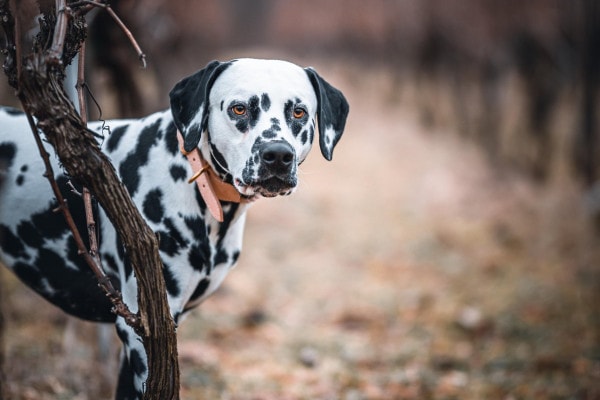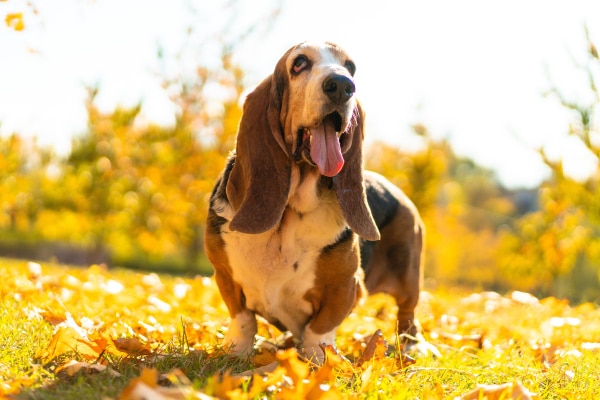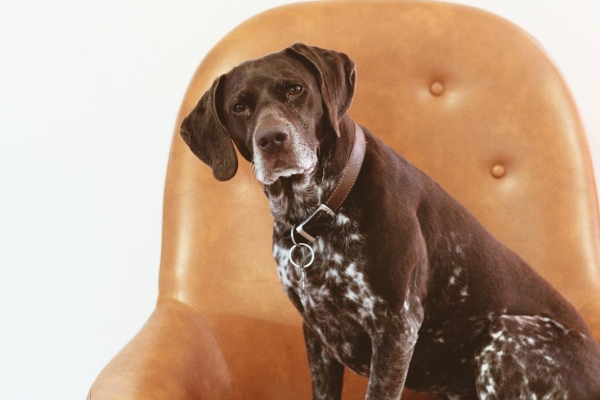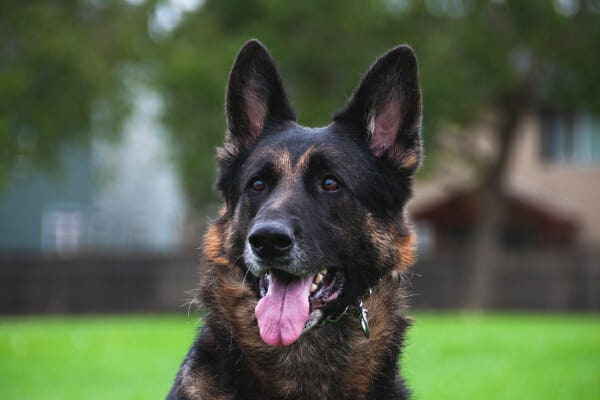Help for your slipping dog
Neurologic disease (seizures, vestibular disease, neuropathy)

Dr. Julie Buzby DVM, CAVCA, CVA March 6, 2024
Degenerative myelopathy in dogs is a progressive and incurable neurologic condition that leads to paralysis. It certainly isn’t a diagnosis any dog parent would want to receive. So you can better advocate for your beloved companion, integrative veterinarian Dr. Julie Buzby shares the causes, signs, stages, diagnosis, treatment, and prognosis of degenerative myelopathy. Plus, she provides caring guidance on when to euthanize a dog with degenerative myelopathy.

Dr. Julie Buzby DVM, CAVCA, CVA February 27, 2024
Myasthenia gravis in dogs affects the way nerves send signals to muscles, leading to muscle weakness. Integrative veterinarian Dr. Julie Buzby breaks down the symptoms, causes, diagnosis, treatment, and prognosis for myasthenia gravis in dogs. Then, she shares the story of Brutus, one of her beloved dog patients with myasthenia gravis.

Dr. Julie Buzby DVM, CAVCA, CVA August 10, 2023
In Horner’s syndrome, dogs have a collection of eye-related symptoms, including a constricted pupil, droopy eyelid, sunken eye, and/or elevation of the third eyelid. Integrative veterinarian Dr. Julie Buzby explains the anatomy and physiology behind Horner’s syndrome. And then she discusses the symptoms, causes, diagnosis, treatment, and prognosis for Horner’s syndrome in dogs.

Dr. Julie Buzby DVM, CAVCA, CVA August 25, 2022
GME in dogs is an inflammatory neurologic condition that can cause a range of problems from seizures to blindness. Integrative veterinarian Dr. Julie Buzby explains the symptoms, diagnosis, treatment, and prognosis for GME in an effort to help support and empower dog parents whose dogs may be facing this difficult diagnosis.

Dr. Julie Buzby DVM, CAVCA, CVA August 3, 2023
Vestibular disease in old dogs can look very scary. A senior dog appears to go from perfectly healthy to completely off kilter in a moment, usually with no warning signs. Integrative veterinarian Dr. Julie Buzby shares her experience diagnosing old dog vestibular disease, and how dramatic symptoms don’t always mean a devastating prognosis.

Dr. Julie Buzby DVM, CAVCA, CVA June 25, 2024
Knuckling in dogs can signal a variety of conditions. A number of neurologic and musculoskeletal issues can cause dogs to drag one or more of their paws as they stand or walk. Integrative veterinarian Dr. Julie Buzby discusses some of the reasons a dog may start knuckling on a front or back leg and shares some advice about caring for affected dogs.

Dr. Julie Buzby DVM, CAVCA, CVA June 25, 2024
Knuckling in dogs can signal a variety of conditions. A number of neurologic and musculoskeletal issues can cause dogs to drag one or more of their paws as they stand or walk. Integrative veterinarian Dr. Julie Buzby discusses some of the reasons a dog may start knuckling on a front or back leg and shares some advice about caring for affected dogs.
Get Your Free Senior Dog Health Guide!
Be the first to know about the latest senior dog health care tips from Dr. Buzby, exclusive savings, & early access to new offers.
Plus get your free ultimate dog health guide.
Get Your Free Senior Dog Health Guide!
Be the first to know about the latest senior dog health care tips from Dr. Buzby, exclusive savings, & early access to new offers.
Plus get your free ultimate dog health guide.
NEED HELP? Contact Us!
[email protected]
Text: (843) 781-6430
Privacy Policy | Return Policy | Shipping Terms
© 2021 Dr. Buzbys ToeGrips. All Rights Reserved.

